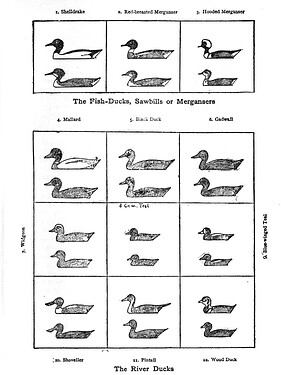And yet it is still not clear to me what you understand as “doing worthwhile science” or what you desire to accomplish that you feel you cannot. Science is a broad and ultimately rather vague term, and as multiple people here have pointed out, in its most general sense science is a methodology that anyone can do regardless of whether they have access to funding or equipment. So I think the question you have posed here is loaded with a number of unspoken assumptions about what qualifies as “real science” and it would be valuable to tease out exactly what these are.
Does doing science for you mean:
- working in a lab
- carrying out experiments
- publishing in journals/attending conferences
- making discoveries
- conducting field surveys
- observing and documenting nature
- something else?
I wonder whether it is possible that you may be defining science as exclusively being the sort of science that is conducted in university biology departments and you are measuring success in academic terms. If this is the case, you are virtually setting yourself up for frustration from the outset, since the answer to the question “can I do (academic-type) science outside of academia” is by definition going to be “no”. But this is circular reasoning that depends on defining “science” a particular way.
I also think the “why” is relevant. I hardly think that anyone pursues knowledge merely for the sake of pursuing knowledge – rather, we do so because we feel something is gained by it. There is an implication that you wish to accomplish something by “doing science” and that the success or failure of this would determine whether it is “worthwhile”. You framed your question explicitly as wanting to do science, not as wanting to make a difference or wanting to earn a living doing something you care about, which might be more common ways of formulating this desire, so it seems to me that this is also worth exploring. Why is it important to you to engage with nature specifically as a scientific pursuit? How is this different from engaging with nature in some other way – say, as a hobby?
Such motivations might include, in no particular order:
- internal validation (self-image as a scientist; science is a serious pursuit whereas a hobby is frivolous, etc.)
- external validation (recognition by others; being respected/taken seriously; being treated as an equal)
- fame/leaving an intellectual legacy
- a greater sense of agency (active participant rather than a mere provider of data)
- contributing to collective knowledge/sharing what you have learned
- supporting yourself doing work you find meaningful
- having a real-world impact (influencing policy-making; helping protect a site or a species; finding solutions to ecological problems)
Obviously some of these goals are going to be easier to realize than others. (This applies regardless of whether one is working outside academia or within it, by the way.)
There also seems to be a bit of a belief that science only matters if it takes the form of some obvious significant discovery or breakthrough. From what I recall, you have mentioned doing work copyediting scientific articles. How many of these articles present major new insights vs. an analysis of a particular data set? Most scientific activity is not flashy or earth-shattering in its relevance. It is sitting down and analyzing data and trying to answer one specific question (what species are present at this site; which windows on which buildings are birds colliding with; how much genetic diversity is there within this population; what do urban squirrels eat; etc.).
So I wonder if your presuppositions about “science” and how to contribute to it are limiting what you feel is possible. People have given a number of of examples in this thread of projects that can be carried out by laypeople without or with only limited institutional support; more could be adduced virtually ad infinitum – look at, say, the activities featured in iNat newsletters. A lot of these projects did not require substantial funds, just someone who recognized that there was some interesting data and was willing to take the initiative and say, let’s take a closer look at this. Some of these projects involve people in academia working with non-academics as equal partners. Others involve recruiting additional people to work on a task that is larger than a single individual could carry out on their own.
There is not, it seems to me, any inherent barrier that would prevent you from doing any of these things. In fact, it seems to me that the main challenge is likely to be quite the opposite: figuring out what you want to do and where you can best contribute from all of the thousands of possible topics you could investigate. It may well be the case that some of the activities you have already been doing would be suitable for being turned into more formal projects or publications. Or it may be that you want to focus on something different moving forward, because this would better allow you to satisfy your personal goals. What would be meaningful or not is something only you can decide.
